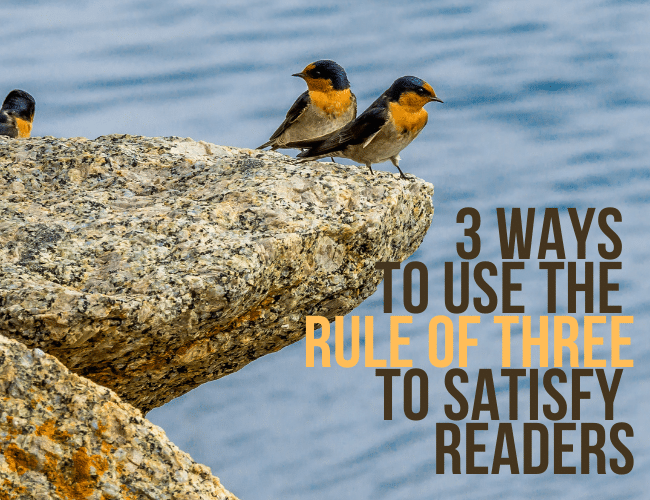
by Joe Bunting |
Allegory is one of those literary terms you’re pretty sure you learned about in school, but it can be difficult to put it into words. So what is an allegory in literature? Today you’ll be able to define it and identify allegory in some well known examples whether you’re studying allegory for school or for your own writing!

by Liz Bureman |
Using the novel Divergent by Veronica Roth as an example, we look at the difference between a symbol vs. motif, and how they affect the story.

by Robert Harrell |
According to Merriam-Webster, a colloquialism is “a colloquial expression.” Wasn’t that helpful?
When we look up “colloquial,” we learn that it means, “used in or characteristic of familiar and informal conversation.”
So, a colloquialism is an expression used in or characteristic of casual speech. It can also be a local or regional dialect expression. This is critically important to understand as you write dialogue for characters.

by Joe Bunting |
Children’s books often use animals as main characters, giving them human-like characteristics to connect with readers in real life. Did you know there’s a name for that? Let’s look at anthropomorphism’s literary definition and some examples.

by Joslyn Chase |
As writers, we want to capture our readers’ attention, rivet them to the page, and leave them clamoring for more. We want to create something that moves people, deepens their understanding, and keeps them thinking about our story long after they’ve devoured the last word.
You may have noticed how I used sets of three in my opening paragraph, and if you didn’t consciously register it, your subconscious mind certainly did. Using the Rule of Three in your writing is one way to meet reader expectations and engage reader interest.

by Pamela Fernuik and Sue Weems |
Master storytellers often use allusion to add richness or depth and to let readers make deeper connections to a story. Let’s look at a definition, some allusion examples, and how to use allusion in your own writing.





